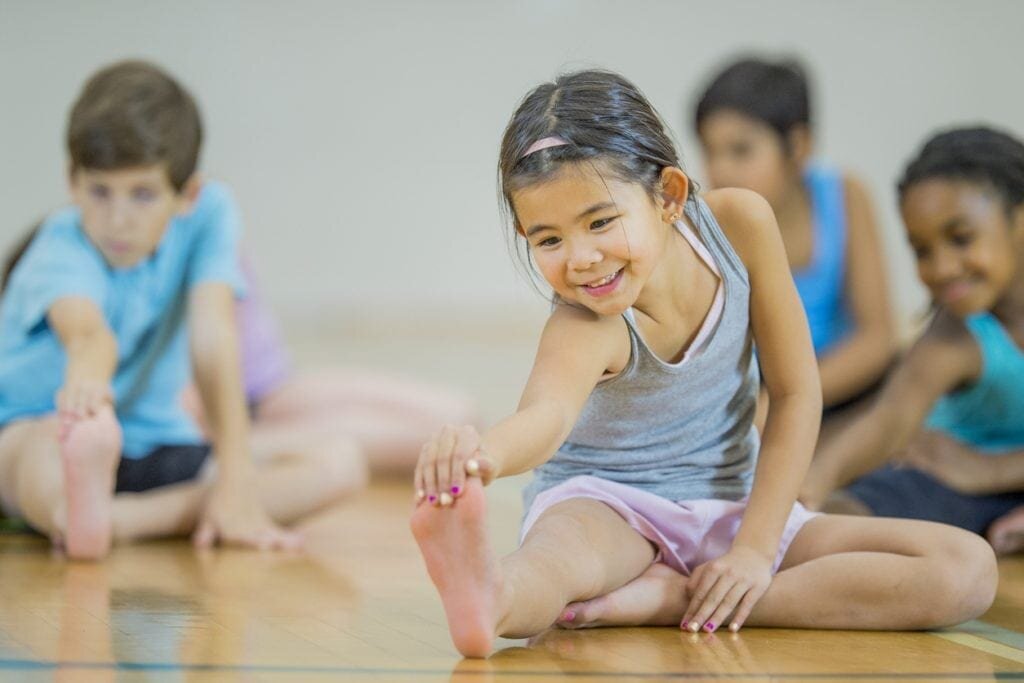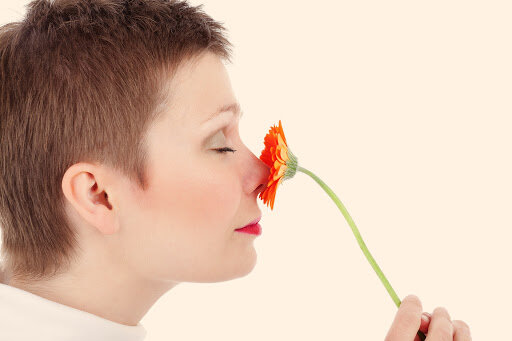Rest & Digest: Parasympathetic Nervous System (PNS)
Our last blog was about one of the two parts of the autonomic system, the SNS (sympathetic nervous system). Today, we’ll talk about its double whammy, the PNS (parasympathetic nervous system).
They are both two halves of one whole.
We have very intelligent bodies that are able to maintain a balance of energy flow through our entire nervous system. Think about it: we have a central command station that receives millions of bits of information every second. Think of the headquarters in the movie Inside Out. There is no supercomputer like this in the world, thanks to our 86 billion neurons. I have to admit that the central nervous system is a mind-blowing achievement of our bodies.
I digress, but you get how special you are, right?
Let’s dive into the PNS.
What is the Parasympathetic Nervous System?
It is the exact opposite of the SNS: the rest and digest mode.
Remember the yin and yang we talked about in the SNS write up? The PNS is the yang to SNS yin. It originates from the base of the head (brainstem) and extends to every organ it intends to work on through long fibers connected to neurons.
You can consider the PNS as the “business as usual” system, since it ensures your basic body functions operate as they should. You’ll find the PNS in the following body parts:
Near the tear glands
Eyes
Salivary glands (for saliva production)
Stomach nerves
Bladder nerves
The PNS is much slower to respond than the SNS. However, when the SNS gets all excited and increases your heart rate, dilates your pupils, inhibits digestion, makes your mouth dry, and prevents your bladder from contracting, the arrival of the PNS is like batman in a cape. Thank goodness!
It has that calming and rest effect. PNS constricts your pupils, activates salivation, slows down your heart rate, releases bile, enacts digestion, and contracts your bladder.
And in walks peace and calm.
Do you get how the two branches of the autonomic system are much like yin-yang? When one is activated, the other is suppressed. The SNS is like the gas pedal. It revs your body up activating the fight or flight mode. The PNS is the brake pedal, the ultimate chillax mechanism. It brings healing and relaxation.
Basically, the two branches are like the sun and the moon. Day and night.
Functions of the Parasympathetic Nervous System
Balances blood sugar levels.
Causes production of relaxation hormones.
Decreases blood pressure, heart, and breathing rate.
Stimulates the flow of saliva.
Contracts the bladder, stimulating urination.
Constricts blood vessels and pupils.
Facilitates gastric secretions and intestinal movement enabling digestion to take place.
Facilitates secretion of tears by activating the lacrimal glands.
How to activate the PNS in kiddos
Kiddos are usually little balls of energy, and it can be a tall order to have them in a rest and digest state. But, you can intentionally set some time aside and focus on slowing them down, allowing their body and mind to rest.
If you need some ideas to do this, I’ve got your back. The trick is including some of these things into their daily routine.
Yoga
Yoga has always been my go-to exercise when I need to calm down. I know getting kiddos to sit still and go through an entire yoga flow is an uphill battle, but you can include a few yoga poses in their daily routine. Give the poses fun names and don’t push them to do it perfectly. The goal is to stretch their little bodies and help them wind down. The cobra, tree pose, and downward dog are loved by most kiddos.
Breathing Exercises
I call it “breathwork”. It may sound simple, but it’s very handy and helpful. When kiddos go into fight or flight mode, they can’t think clearly. You can’t teach them breathwork when they are in the middle of a meltdown. When their logical brain is calm, you can practice breathing exercises that they will be able to use when upset. Make it a routine before bedtime or make it a brain-break exercise.
Deep breaths get you to the rest and digest mode faster as more oxygen enters the bloodstream as you breathe, opening up your capillaries.
IMPORTANT: make sure these breaths involve nose breathing. Most people are mouth breathers, and most breathe in the form of quick, short breaths. This isn’t helpful as it actually activates the SNS. We need them to breathe through the nose as much as possible and do so as slowly as practical. I promise you.....it will work wonders if done correctly and consistently.
Progressive Muscle Relaxation
When in fight or flight mode, there is so much energy pulsing through our bodies. Why not provide the body with a channel to release the energy? Progressive muscle relaxation involves tensing and releasing muscles to allow tension to be released outside the body. Here is a script for muscle relaxation for kiddos that will help them activate the PNS.
Aromatherapy
When it comes to our emotions and behavior, scent is a very powerful contributing factor. You can introduce scents into your kiddo’s environment to help them calm down. Lavender and Jasmine are known to have a calming effect, so they would work perfectly. You can use scented candles, a diffuser, or even have the plant in the room.
Learn more about aromatherapy and kiddos.
Most of all, have fun while teaching these methods to your kiddos. Explore the different options and results from each of them.
Come back and share your results in the comments! I would love to hear what worked best and how your kiddos responded to it.
Questions? Need help? Reach out!
Email: hello@thebehaviorhub.com
Social media: @thebehaviorhub
Online school
Schedule a discovery call








